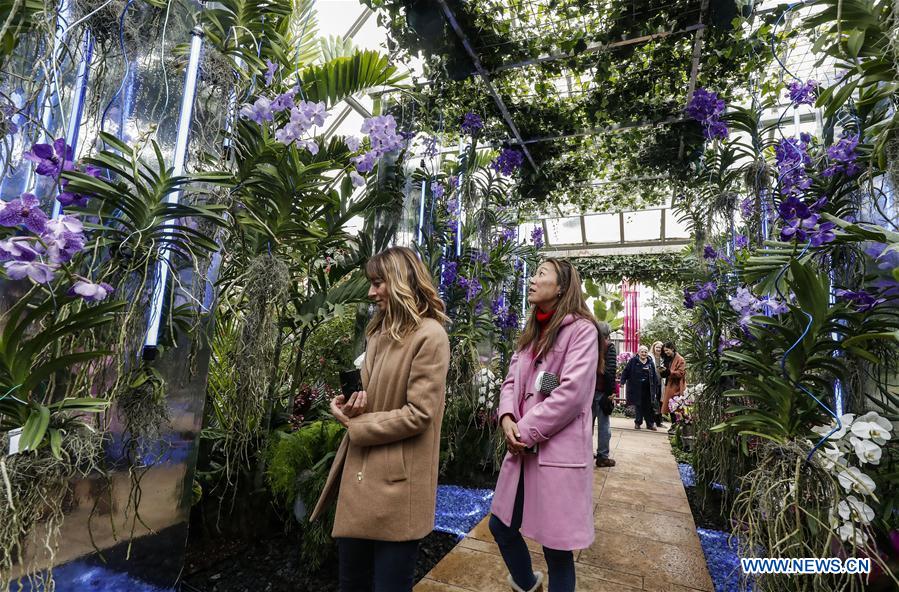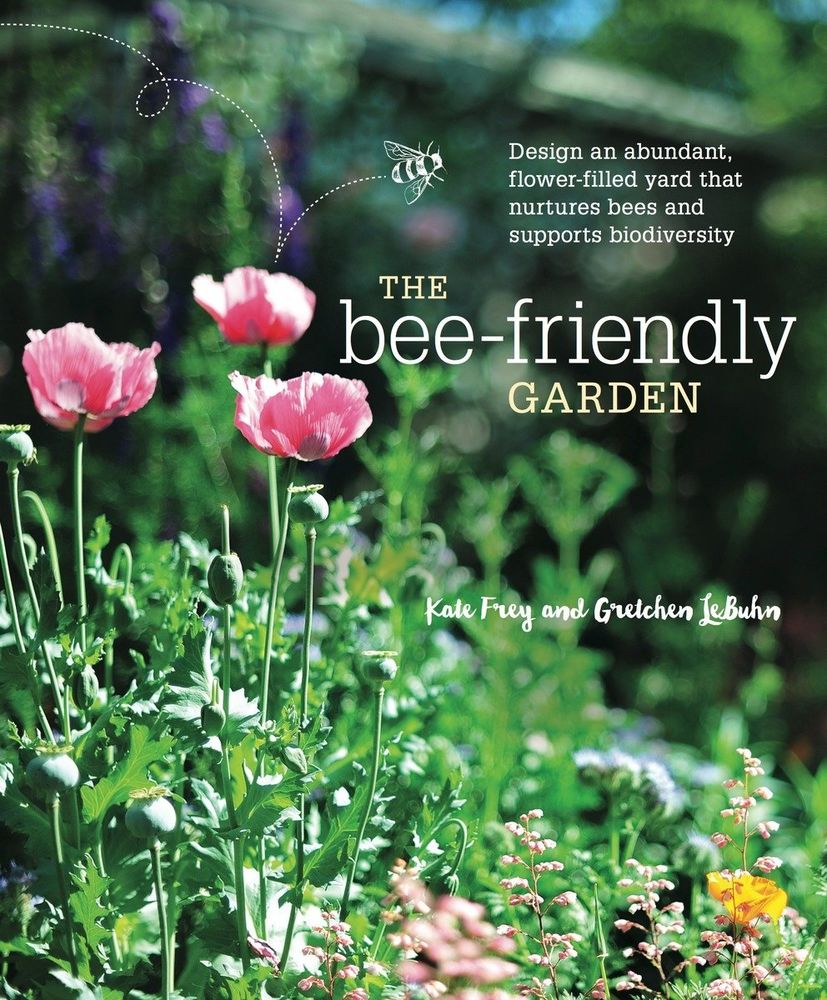## The Ultimate Guide to Bee Attracting Perennials for a Vibrant Garden
Creating a garden that not only blooms beautifully but also supports local wildlife is a rewarding endeavor. One of the best ways to achieve this is by inco……
Creating a garden that not only blooms beautifully but also supports local wildlife is a rewarding endeavor. One of the best ways to achieve this is by incorporating **bee attracting perennials** into your landscape. These perennial plants are not only stunning but also play a crucial role in providing food and habitat for bees, which are essential pollinators for many flowering plants and crops.
### Understanding the Importance of Bees
Bees are vital to our ecosystem. They pollinate about one-third of the food we consume, including fruits, vegetables, and nuts. However, bee populations have been declining due to habitat loss, pesticide use, and climate change. By planting **bee attracting perennials**, you can create a sanctuary for these important insects, helping to support their populations while enhancing the beauty of your garden.
### Choosing the Right Bee Attracting Perennials
When selecting **bee attracting perennials**, it’s essential to choose a variety of plants that bloom at different times throughout the growing season. This ensures a continuous supply of nectar and pollen for bees. Here are some popular choices:
1. **Lavender (Lavandula spp.)**: This fragrant herb not only attracts bees but also adds a lovely scent to your garden. Its purple flowers bloom from late spring to summer.

2. **Coneflower (Echinacea spp.)**: Known for their striking daisy-like appearance, coneflowers are hardy perennials that bloom from summer to fall, providing a long-lasting food source for bees.
3. **Black-eyed Susan (Rudbeckia hirta)**: These cheerful yellow flowers bloom in mid-summer and are a favorite among bees and other pollinators.
4. **Bee Balm (Monarda spp.)**: With its unique tubular flowers, bee balm is particularly attractive to hummingbirds and bees alike. It blooms in mid to late summer.
5. **Aster (Aster spp.)**: These late-blooming perennials provide a crucial source of nectar in the fall when many other plants have finished blooming.
### Planting and Caring for Your Bee Attracting Perennials

To create a thriving garden that attracts bees, consider the following tips:
- **Diverse Planting**: Plant a mix of **bee attracting perennials** to ensure a variety of colors, shapes, and blooming times. Grouping plants together can make it easier for bees to forage.
- **Native Plants**: Incorporate native perennials into your garden. These plants are well-adapted to your local environment and are more likely to attract local bee species.
- **Avoid Pesticides**: Limit or eliminate the use of pesticides in your garden. Many pesticides are harmful to bees and can deter them from visiting your plants.
- **Provide Shelter**: Create a welcoming environment by including a variety of habitats. Leave some areas of your garden wild, with native grasses and flowers, and consider adding bee hotels to provide nesting sites.

### Conclusion
By incorporating **bee attracting perennials** into your garden, you are not only beautifying your outdoor space but also contributing to the health of the environment. These plants provide essential resources for bees, helping to sustain their populations and, in turn, our food supply. Whether you’re an experienced gardener or just starting, choosing the right perennials and caring for them properly can create a vibrant and bee-friendly landscape. Start planning your garden today and enjoy the benefits of a thriving ecosystem right in your backyard!